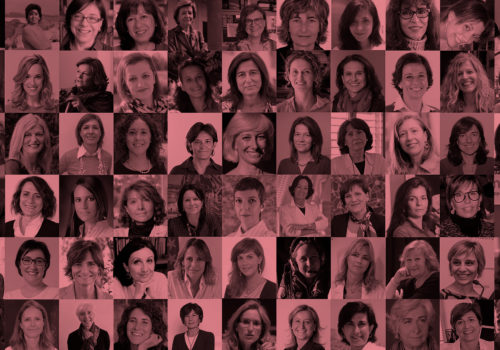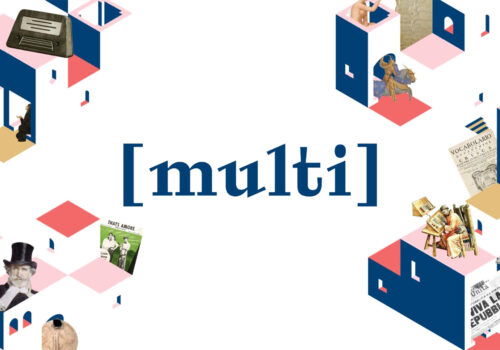Artificial intelligence will change the design and the delivery of public services. But there will be a need for new professional figures
From the smart city to the intelligent city: public administrations are focusing their attention on adopting artificial intelligence platforms. Some sustain that AI will be the key to revolutionising the design and delivery of innovative services to citizens and businesses, and above all to drive the “intelligent” planning of transport and mobility, the optimal management of public engineering systems such as public lighting and video surveillance, water and energy systems, the reorganisation of waste collection and disposal, and pollution monitoring.
A windfall for many mayors, in particular those from bigger cities, who must deal with situations that have often become emergencies, especially traffic congestion. The challenge of the digital transition – which years ago paved the way for the design of cities as smart cities, though that game is far from over – now goes hand in hand with the green transition, which in fact means twice as many opportunities, but twice the complexity as well. And this is where artificial intelligence comes in: the use of predictive platforms based on machine learning and on the real-time processing of enormous quantities of data is clearly the way forward.
Based on estimates from Guidehouse Insights the global market of artificial intelligence applications within the field of smart cities will reach 6.5 billion dollars by 2032 from the current 693 million, with an annual growth rate of over 28 percent. A growth also and especially driven by the massive use of sensors, from the Internet of things generation.
On this subject, the data from the Internet of Things Observatory at the Politecnico di Milano shows that the Italian IoT market has achieved a turnover of 8.3 billion euro, an increase of 13 percent compared to last year.
The part relative to IoT solutions for smart cities is equal to 830 million, an increase of 14 percent compared to 2021, when the figure was 730 million.
In addition to the data from sensors, the platforms can also integrate data from smartphones to understand how people move around, what the most congested areas are and which neighbourhoods need to reinforce their services. The Gruppo Ferrovie dello Stato and Vodafone Business have announced a national project to study the mobility habits of Italians thanks to the use of data from the mobile network, with the purpose of monitoring the evolution and requirements of the transport sector, and planning the investments in infrastructure and services, especially for a better management of stations.
«The collection of data that we receive from the internet, processed by artificial intelligence, gives us the possibility of reading the physical space: the cities and needs of communities, in real time. We think of how important mobility reports are if we need to reconsider urban city centres in terms of sustainability», underlined Carlo Ratti, the architect and city planner and director of the Senseability city lab at the Massachussetts Institute of Technology in a recent interview with La Repubblica. «Digital technologies help us to develop architecture and city planning projects that can make our cities more sustainable, but also more efficient. We must work to link technology to environmental sustainability and the needs of people».
While it is true that technological innovation is the pillar supporting the start of new projects, we will have to deal with a lack of experts: new generation urban planning based on artificial intelligence will require the use of big data sets and sophisticated computational models, and hence of professionals skilled in data science and management, naturally combined with more traditional skills in the science of city planning. A significant challenge, considering that the professional profiles have yet to be constructed nationally and internationally.
© ALL RIGHTS RESERVED






